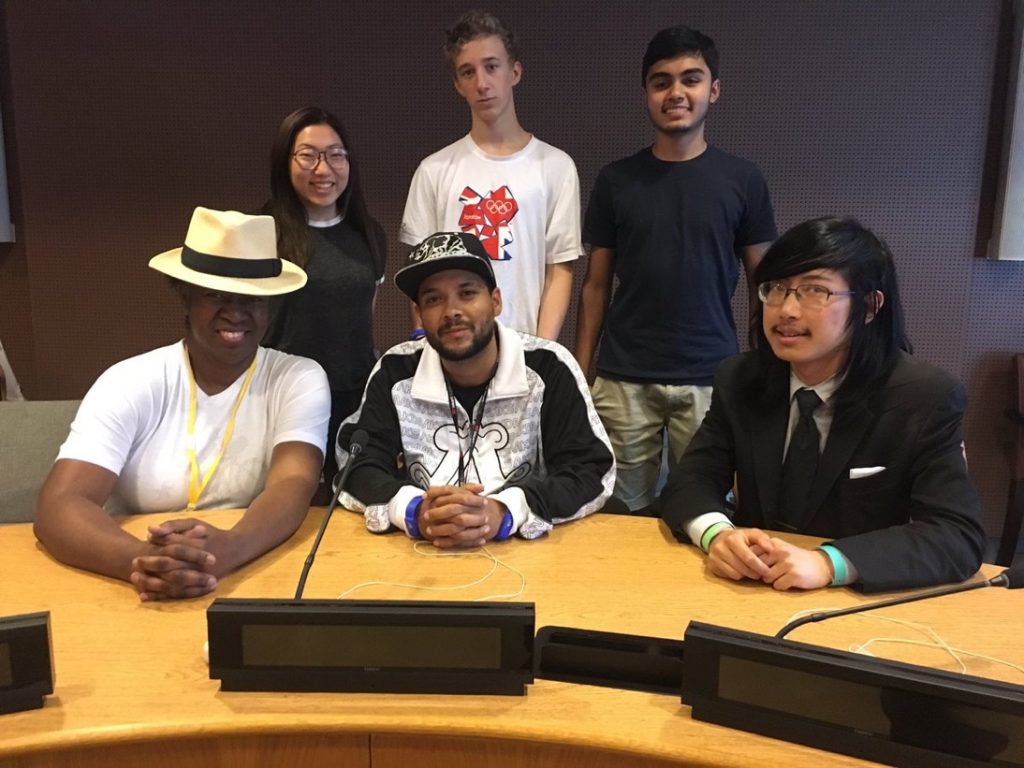In July 2016, I was on the organizing team for the Unite for Humanity Hackathon, one of 30+ Open Camps held at the United Nations over three weeks. My main task was planning logistics and preparing challenges based on the United Nation’s 17 Sustainable Development Goals (SDGs). The Hackathon was unusual in that instead of the usual overnight event, this one was held over an entire week of activities, including guest speakers and ideation sessions, plus an overnight sprint at the UN General Assembly Building in New York City.
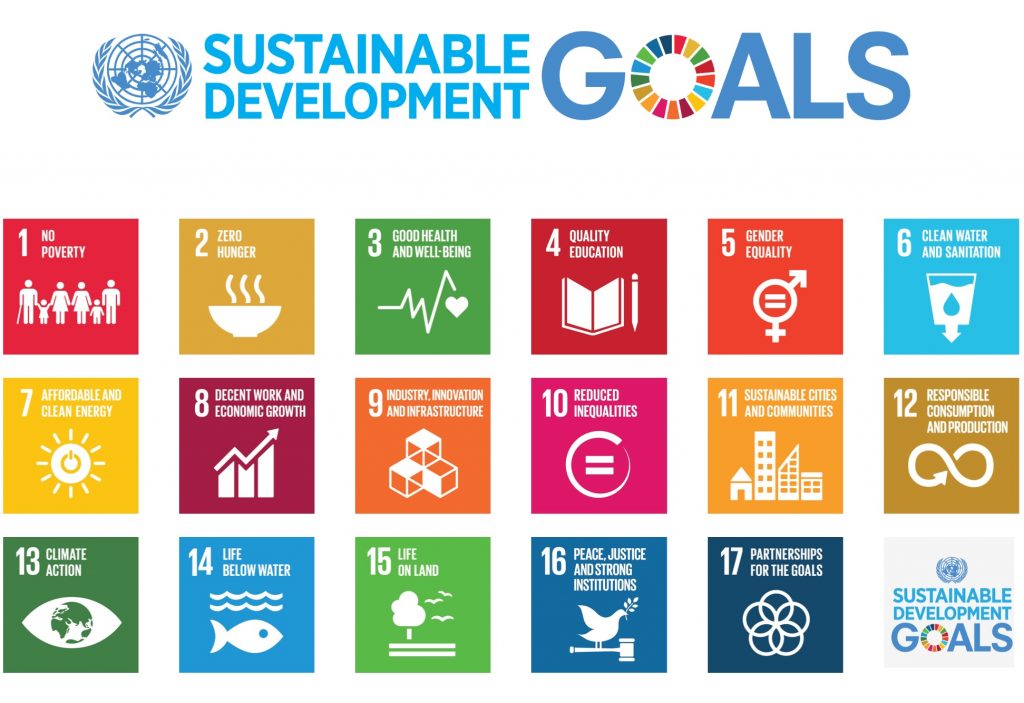
My co-producer, Amine Tourki and I divided responsibilities. Amine focused on working with Hackathon teams, coordinating communications, via a Gitter Channel, preparing rooms and equipment and advising teams, while I focused on booking speakers, helping sponsors create challenges and setting up resources on the Unite for Humanity Github site.
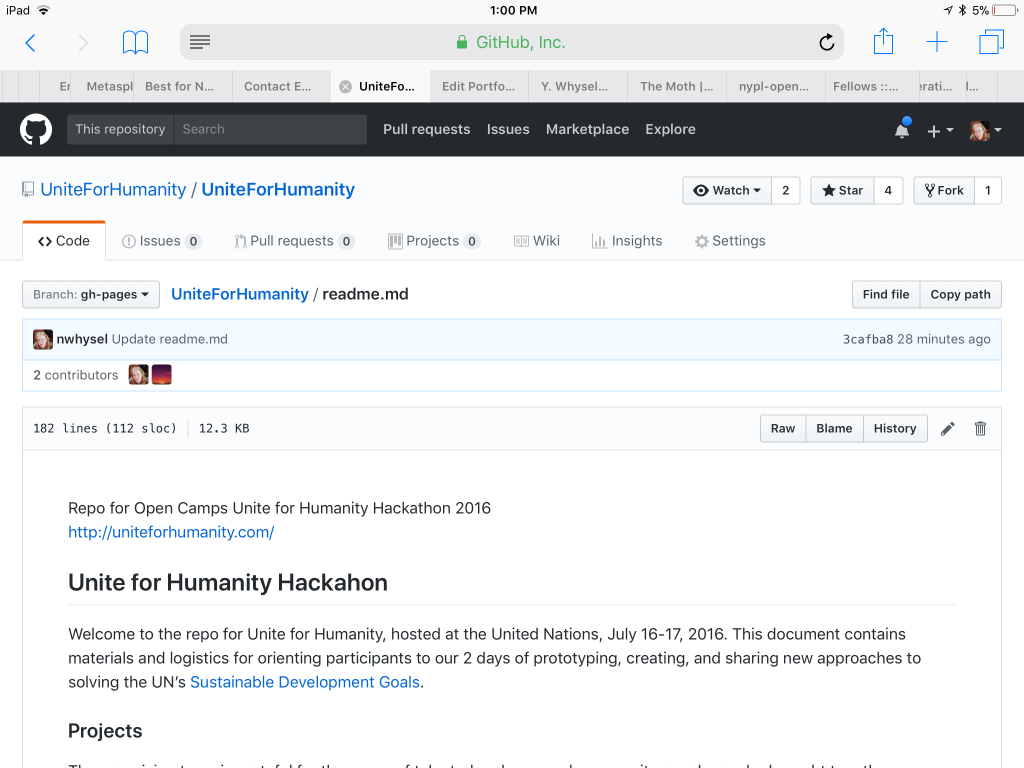
Our opening event was held in a conference room in the UN General Assembly building. Speakers included our host Radia Funna, Head of Innovation at the UN Office of Information and Communications Technology, who presented on the OITC Crowdsourcing Platform, Humana Khan, Executive Director of Muflefun.org and Mubin Shaikh, a Counterterrorism Subject Matter Expert. Khan and Shaikh discussed counter-terrorism activities via Skype, followed by presentations by other challenge sponsors, including Wendy Brawer of Greenmap System, Sonia Hamel fro DOable, Marcus Iannozzi
of B Lab on Being a Tech Focused B-Corp, and others.
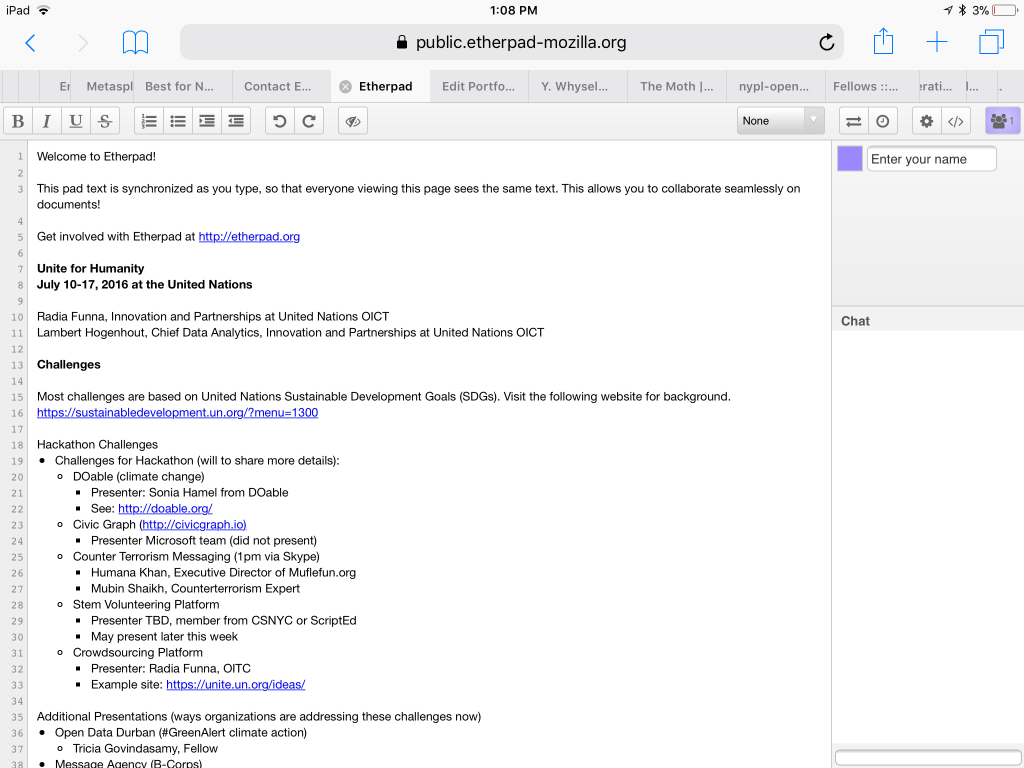
It was really good to hear which of the UN goals people were most fired up about and that also helped people form teams. One woman said she was a UX designer and could do great pitch decks. And since I was building the event repository, I offered to help with research or datasets.
Over the course of the week, we met daily with teams on the 27th floor of the UN Secretariat building. We worked with teams through project ideation all week up to our final weekend sprint at UN General Assembly. Some of the artifacts created included affinity diagrams, sketches and workflows.
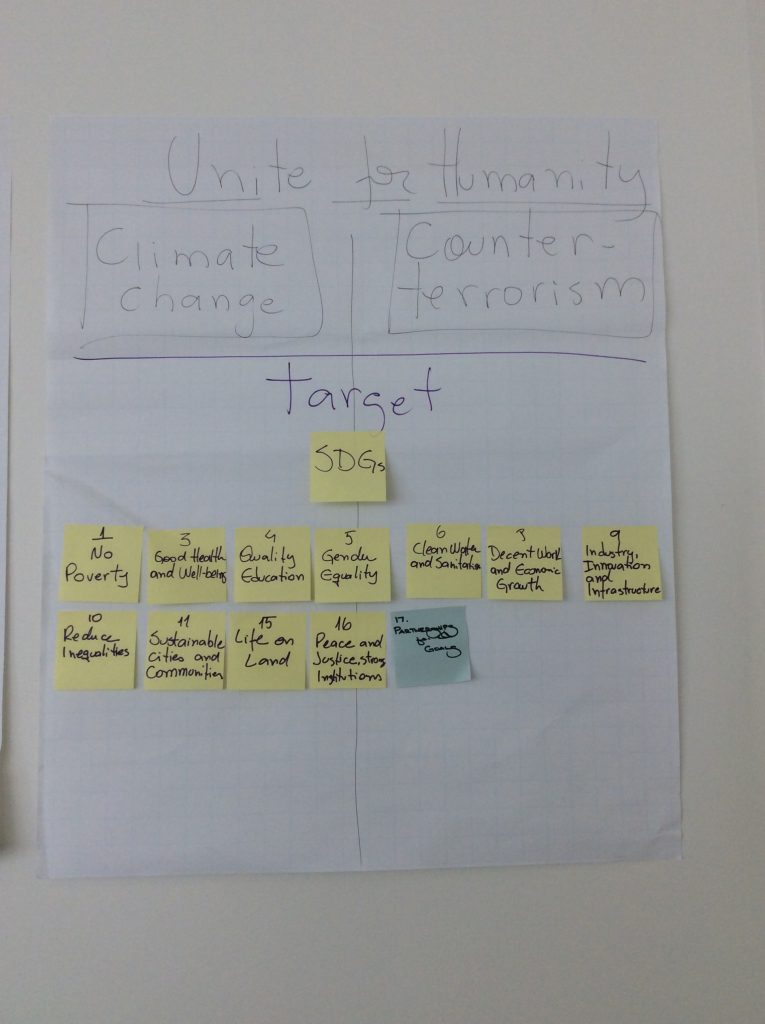
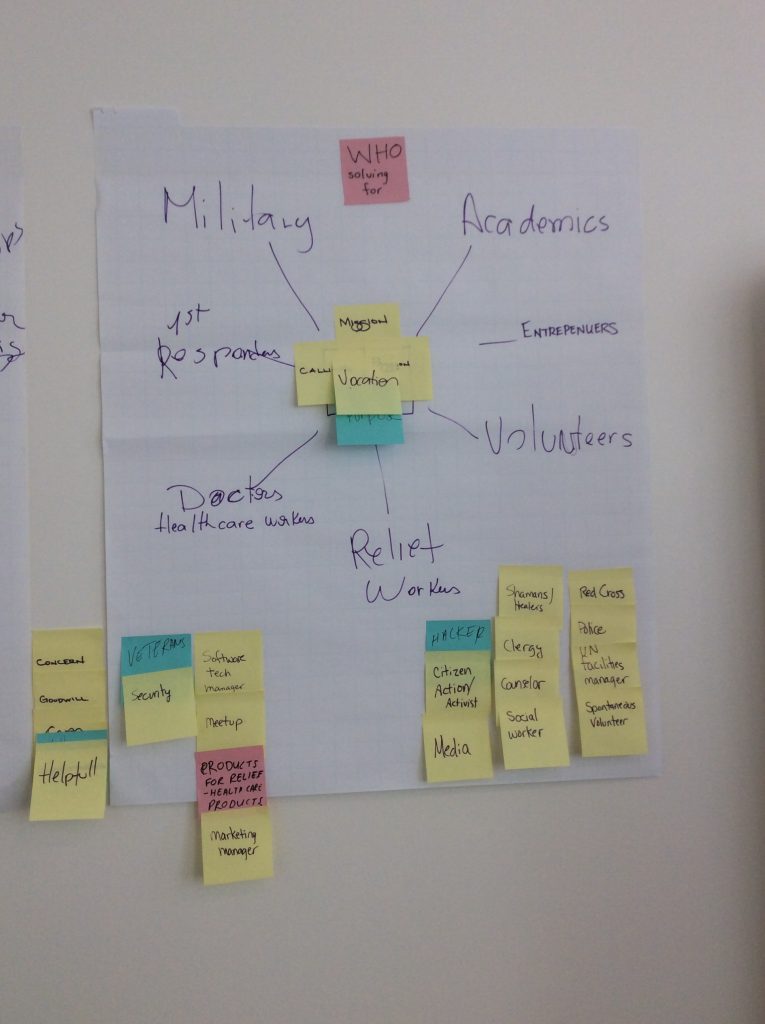
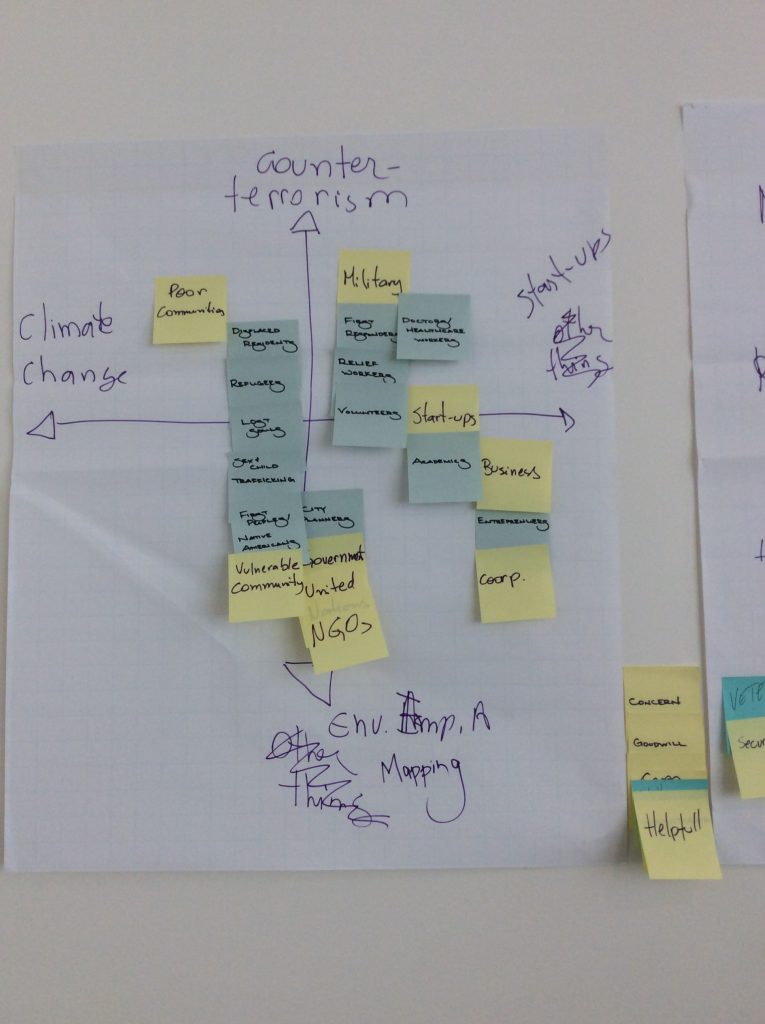
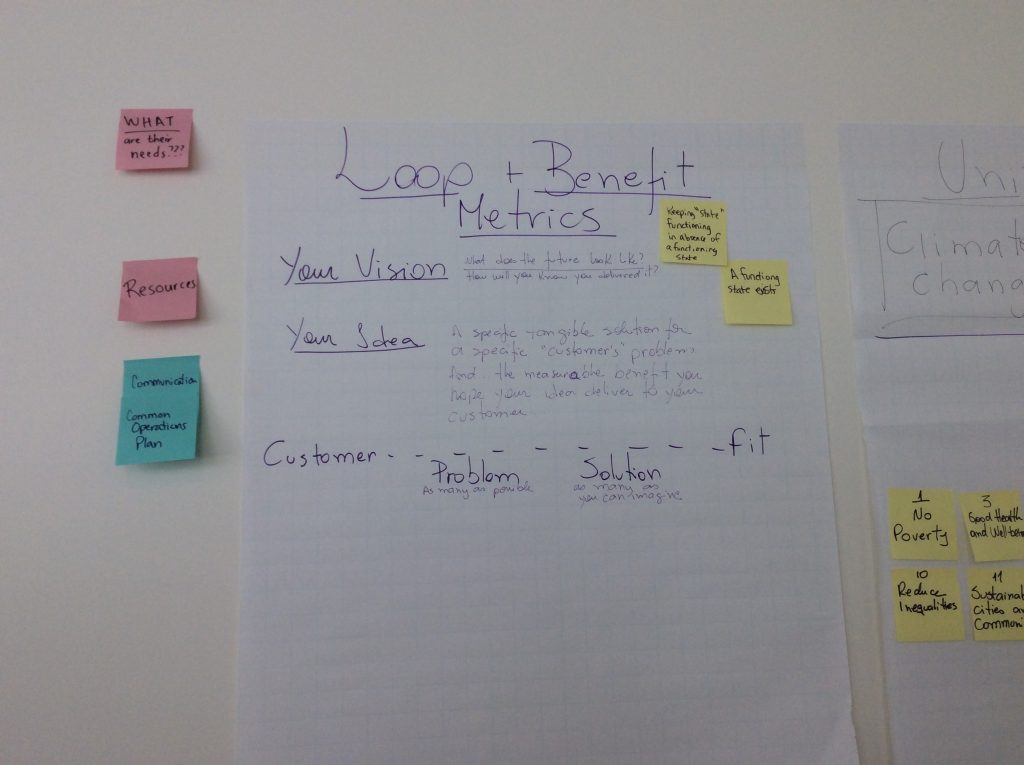
#ProjectScarlett was the first place winner of the Unite for Humanity Hackathon. Additional project descriptions are available at the Unite for Humanity Github.
